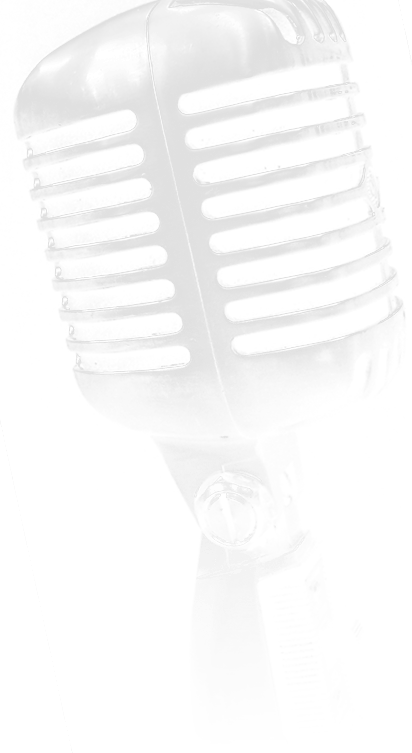
Courtesy Bobby Owsinski. Blog 12 July 2017.
Everyone has seen the photos of the vintage large-diaphragm tube microphone hanging upside down in front of the vocalist like on this famous photo, and while it looks very cool, there really was a method to the madness for placing it like this. It’s not something that’s regularly taught in schools or to assistants anymore (since there are fewer commercial studios around), but here are a few reasons that large condenser microphones have been hung like this for a long time:
• The rationale comes from tube mics. The heat rising from the tube can cause the diaphragm to change temperature over time, which will change the sound of the mic. Placing the tube above the capsule will let the heat rise without passing over the diaphragm.
• Another thing that happens is that the vocalist sings slightly upward into the mic, which forces the airway open and encourages a full-body voice. Take a deep breath and sing a low note, start with your chin to your chest, and slowly lift your head until your chin has about a 15-degree lift. Hear any difference?
• Maybe even more important, the mic can be positioned so the singer is less likely to direct popping air blasts into the mic.
• It’s also easier for the singer to read any music or lyrics since it’s out of the way.
As you can see from the above, the biggest reason the microphone was hung upside down was to make sure that the heat didn’t interfere with the tube mic’s capsule, but it can also help the singer’s performance as well. Of course, the key to all this is a big sturdy boom stand, or you’ll find your mic crashing to the ground sooner or later. Make sure to get the counterweight high in the air so nobody walks into it (cover it with foam as well).
You can read more from The Recording Engineer’s Handbook and Bobby’s other books on the excerpt section of bobbyowsinski.com.
Read more: http://bobbyowsinskiblog.com/2017/07/12/hanging-microphone/#ixzz4n7IpCEND
